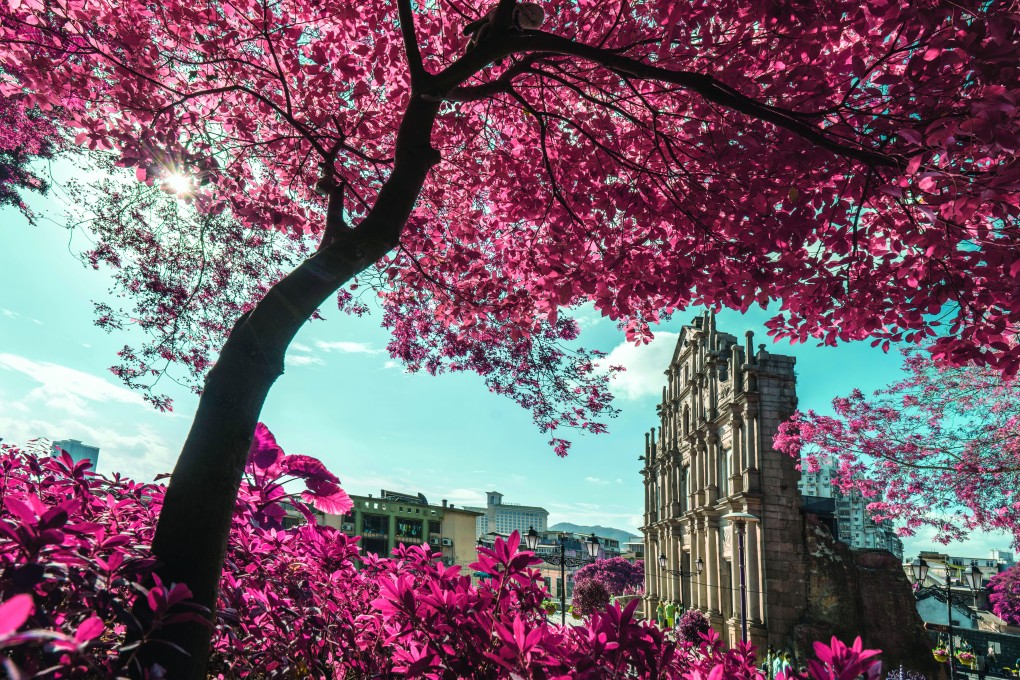Why Macau is a model city when it comes to taking great photos
With its unique mix of East and West, Macau is a treasure trove of interesting spots to take great photos

Thanks to digital cameras and smartphones, photography has never been more accessible or more popular.
The photo sharing app Instagram sees an average of 80 million images shared every day and estimates that around 40 billion have been uploaded since it launched in October 2010.
Facebook, which bought Instagram in 2012, sees a staggering 300 million photographs uploaded every day. Then there are the Chinese social media platforms.
Macau has plenty of interesting and photogenic spots that are worth sharing, so we spoke to local photographers - both professional and amateur - to find out how to make the most out of the city whether you have a top-of-the-range smartphone or a point-and-shoot camera.

Lisbon native Gonçalo Lobo Pinheiro has been taking photographs since he was 18, but it wasn’t until he completed an internship as a photojournalist with a Portuguese news agency when he was 21 that he became a professional photographer. Now 37, he is the photography director at Macau magazine but also works with several other publications in Macau and beyond.